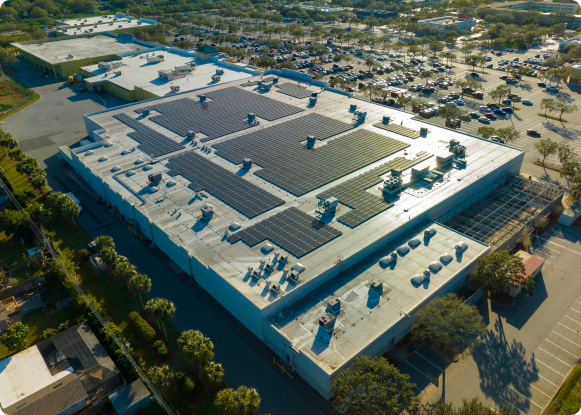Working to deliver a more employee-centric supply chain
Early in the pandemic, world leaders publicly recognized and acknowledged the essential work being done by logistics workers, designating them as “critical infrastructure workers”, “key workers” or “second line of defense”. Unexpected heroes of the global crisis, many of them were also propelled into the media spotlight.
Some companies raced to acknowledge that fact, and to reward their staff, giving out special cash bonuses. Yet the sudden limelight should not overshadow the key challenges facing the logistics workforce, in a context of growing pressure and gig economy. The pandemic has accelerated changes around the world by driving a massive switch to digital and omnichannel, propelling growth in delivery, transportation, and warehouse jobs. However, the consulting firm McKinsey & Company predicts1 that the very nature of the jobs will have to change as well. According to its global survey of chief human-resource officers, “The vast majority of CHROs said they were eager to shift to a model we have come to call ‘back to human.’ The COVID-19 pandemic—which accelerated employee demands on HR to meet physical and mental health needs, as well as intensified moral concerns about a company’s overall impact on society lent urgency to their view that some core human element has been lost in all these technological advancements.”2
The vast majority of chros said they were eager to shift to a model we have come to call ‘back to human.’
An academic article from before the pandemic already noted that, in adapting employees to the Fourth Industrial Revolution, “it is of crucial importance that companies reassess their training systems to prepare the workforce not only for working with new technologies but also…the physical internet that could develop in the years to come.”3 Logistics companies will have a major role to play here—but so does government. A World Bank study notes that “logistics is central to economic development and social welfare, so it should not be difficult to justify government involvement in efforts to raise skill levels in the logistics sector.”4 Better-trained, more-involved employees will help companies achieve the new goals required by the new state of affairs. A PriceWaterhouseCoopers survey asked CEOs to rank business model changes required in a post-pandemic world. The first three changes dealt with digital work methods and remote work, but the fourth was becoming “employee-oriented” by expanding employee health, safety, and/or wellness programmes.
HR leaders therefore foresee a future of more innovation, upskilling, and focus on employees’ health and well-being. Not despite things going digital and online, but because of it.
Also on this list was having some work “automated by replacing human labour,” which might appear to be a setback for workers. But perhaps not if the machines who do the actual heavy lifting prevent back injuries and repetitive-strain injuries. The capital expenditure can be massive, and the robots and automated machines can only work with major investment in data acquisition and algorithm optimisation, but the savings are there to be made in the long-term.5 And, if adequate training is in place, the hand-pickers or forklift operators can be upskilled to new roles where they bring value elsewhere. HR leaders therefore foresee a future of more innovation, upskilling, and focus on employees’ health and well-being. Not despite things going digital and online, but because of it. In the US for instance, Adobe Analytics measured e-commerce growth of 42% in 2020, the pandemic’s first year6. With that came billions of dollars of investment in supply chain technology, along with massive hiring and increased public exposure.
As e-commerce is taking a growing place in people’s everyday lives, with delivery drivers, for example, often being the only human customers encounter in the whole buying process, employment and working conditions in part of the supply chain has become a matter of public opinion. As showed in a 2020 OpinionWay survey on consumers’ relation to delivery services conducted in France for Sprint-Project, consumers call for more social responsibility, with 87% of respondents believing that digital platforms should be more socially responsible on issues of workers protection7. The lesson may well be that the customer can only come first, if the logistics employee—at whatever level—is tied for that first place, perhaps discreetly, in employers’ minds.
1 ‘Back to human’: Why HR leaders want to focus on people again | McKinsey & Company
2 “The Adaptation of the Logistic Industry to the Fourth Industrial Revolution: The Role of Human Resource Management,” in The Journal of Business Management and Social Sciences Research, Vol. 6, No.9, September 2018.
3 The physical internet is an open global logistics system based on physical, digital, and operational interconnectivity. The idea is to connect logistics networks in the same way that the internet transmits information, via modularized, smart, green, standardized physical packets.
4 Logistics Competencies, Skills, and Training: A Global Overview
5 ‘Wearable Robot’ Exoskeletons Could Reduce Factory Injuries
6 Logistics Providers See E-Commerce Momentum Continuing Post-Pandemic | The Wall Street Journal
7 Survey “La livraison où je suis” (Delivery where I am), October 2020, OpinionWay for SprintProject



